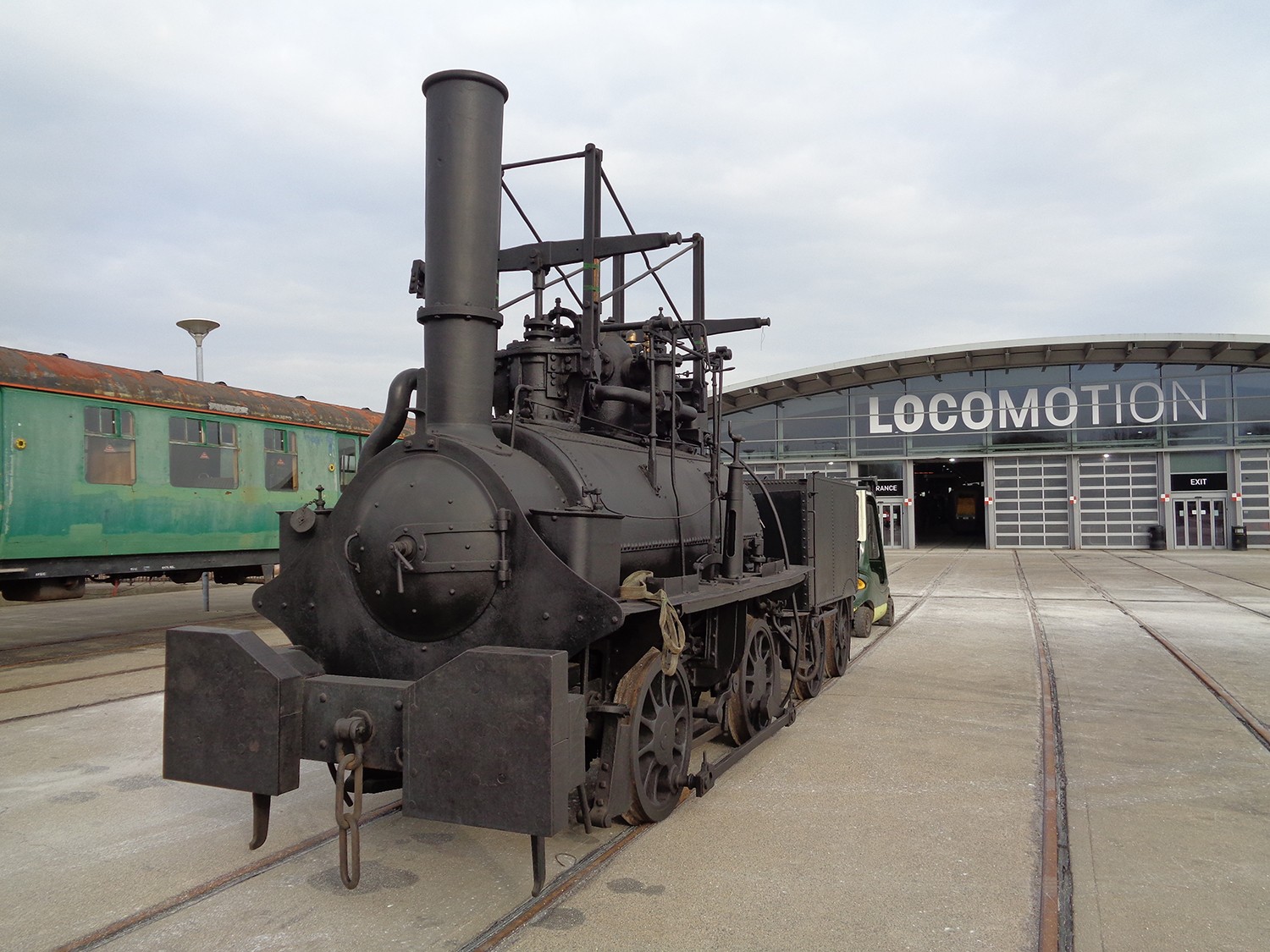Experts in early railway history are heading to Locomotion in Shildon this month to investigate a mysterious, ‘unnamed’ engine as part of a new research project.
Thought to be the world’s first replica locomotive dating from 1855, the mystery engine has been referred to as ‘The Hetton Engine’ or ‘Hetton Lyon’ after the colliery in County Durham where it spent its operational life.
The engine is believed to be a replica of an original 1822 George Stephenson design, now lost to history, and it is hoped the research will reveal further secrets about the world’s very oldest steam engines.
The project will be led by Dr Michael Bailey and Dr Peter Davidson who are recognised as world-leading specialists in the field of locomotive investigation. The team will take photographs and measurements and will systematically and carefully dismantle parts of the engine to compare materials and methods of construction with archive evidence.
Work is set to start on 9 April and is expected to continue over a number of three-day sessions lasting several months. The project will take place in public view at Locomotion so people can ask questions and see the investigation taking place and perhaps come up with their own thoughts about the locomotive’s history.
Michael and Peter recently led a similar project in Newcastle which found Killingworth Billy to be ten years older than previously thought – making it the third oldest locomotive in the world. In the past Dr Bailey has also carried out investigations with his colleague Dr John Glithero, into other historic locomotives such as Samson, Albion, Nelson and Canadian National No. 40.
Although its name is a mystery, the Hetton locomotive may be a familiar sight to people based in the North East after spending the past eight years on loan to the Living Museum of the North in Beamish.
At the end of the project, the engine will remain at Locomotion and will go on public display. The findings of the study will be sent to the National Railway Museum, before being offered to the next Early Railways Conference due to be held in 2021.
The last project of this type involving the National Railway Museum took place 20 years ago when Dr Bailey worked on an investigation into the early history of Stephenson’s Rocket. The results were published in the book ‘The Engineering and History of Rocket’. This project is the first of its kind to take place at Locomotion in Shildon.
The locomotive was based at Hetton Colliery and hauled coal wagons there until 1912 – after more than sixty years of active service. The locomotive took part in the 1925 centenary procession for the Stockton and Darlington Railway as well as other exhibitions such as the George Stephenson centenary celebration held in Newcastle in 1881.
The Hetton Colliery Railway was opened in 1822 by the Hetton Coal Company in County Durham. The line was eight miles long and was the first railway to operate without animal power and the first new line to be developed by George Stephenson. It is thought there were originally five locomotives built to work at the colliery between 1820 and 1822. Hetton Colliery closed in 1950.
A private donor is providing funding for this project.
Dr Michael Bailey was the first student to obtain a DPhil from the Institute of Railway Studies in 2000, a joint project run by the National Railway Museum and the University of York











